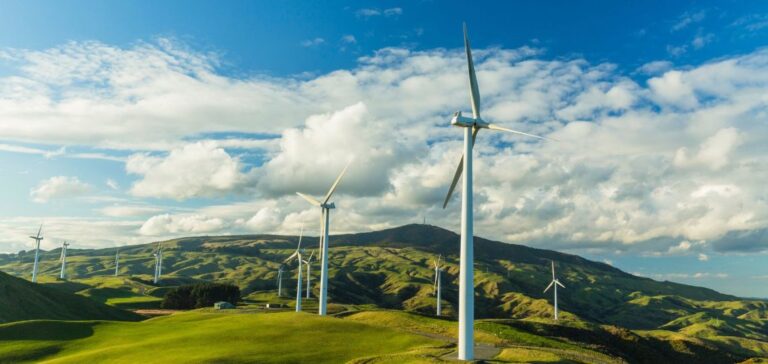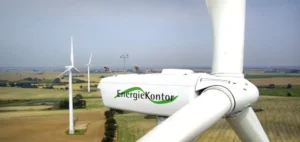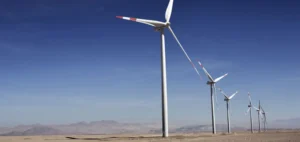ABO Energy GmbH confirmed the award of three new projects under the latest tender held by the Bundesnetzagentur (Federal Network Agency) in Germany. The contracts cover wind installations located in the federal states of Baden-Württemberg, Hesse, and North Rhine-Westphalia, with commissioning scheduled between late 2026 and mid-2027.
The selected sites include the Külsheim wind farm, comprising three repowering turbines with a capacity of 21.6 megawatts, Großenlüder with a single turbine generating 6.8 megawatts, and Schälker Heide Schwerte, where two turbines will deliver a total of 11.4 megawatts. These additions enable ABO Energy to strengthen its footprint in the competitive German wind market.
Results in line with a record year in 2024
The tender in which ABO Energy was selected encompassed 422 projects, representing a combined capacity of 4.1 gigawatts. The average awarded tariff was €0.07 per kilowatt-hour, a slight decline from the previous round, which averaged €0.0715. This decrease indicates a stabilisation of costs within the German onshore wind market.
In 2024, ABO Energy had already secured tariffs for approximately 200 megawatts, marking a 30% increase compared to the previous year. Regulatory approvals also rose significantly, with 335 megawatts of wind projects approved. Since January 2025, nearly 70 megawatts of additional capacity has received the necessary permits.
A sector facing political transition
The announcement of these awards comes amid a political transition in Germany, with a new government installed since early 2025. Although regulatory directions may shift, project developers remain committed to progressing with authorised developments.
Kristof Frank, Head of Wind Project Development in Germany for ABO Energy GmbH, stated that prospects remain positive despite the changing political landscape. He said, “The change of government in 2025 will certainly bring adjustments in our sector. But we are confident that policymakers will continue supporting wind energy development.”





















